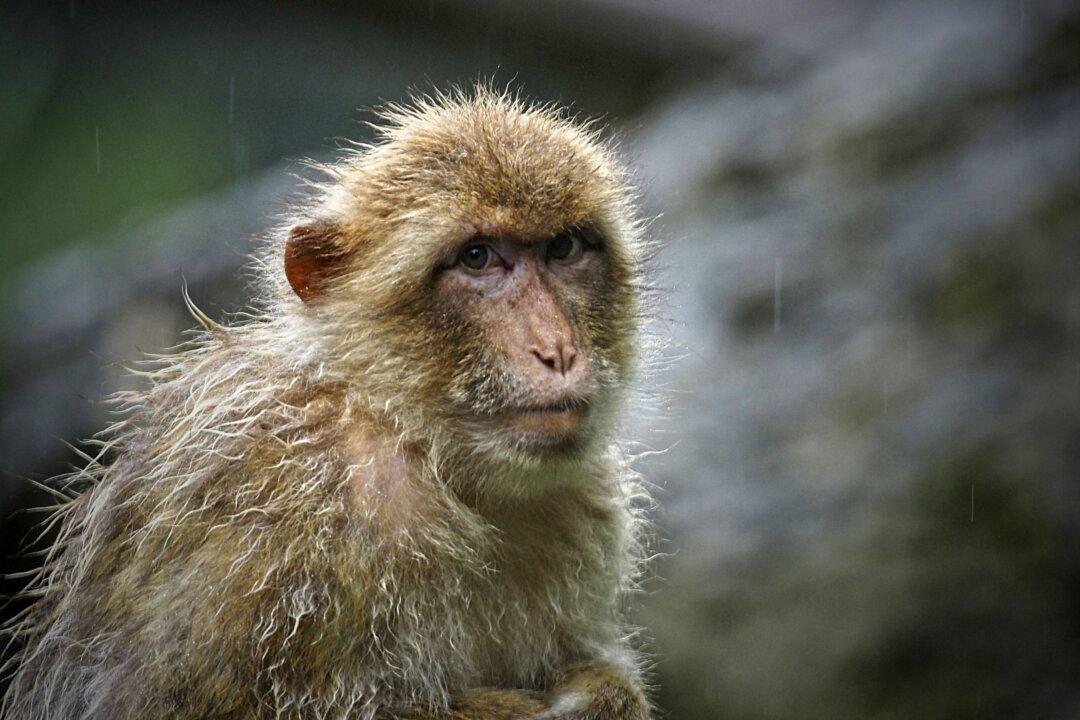China has reported the first death from the rare Monkey B virus in its history. The individual, identified as a veterinarian in Beijing, was infected by monkeys in March and died on May 27.
Monkey B virus (BV), also known as Herpes B virus, has a fatality rate of 70 to 80 percent, wrote the authors of the report published on July 17 in the Chinese Center for Disease Control and Prevention’s English journal China CDC Weekly. The report states that the deceased’s close contacts were tested in April and were found to be free of the virus.





